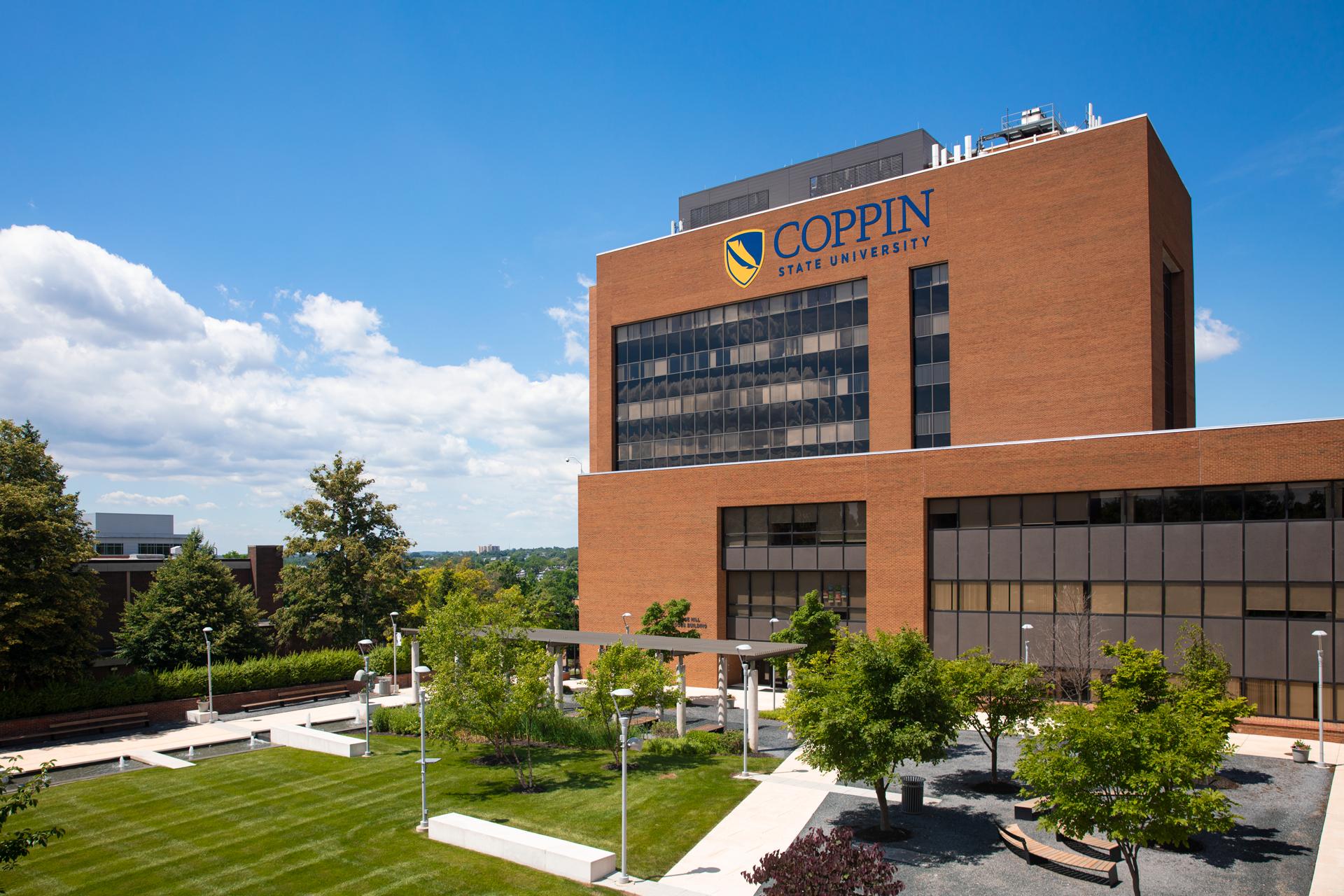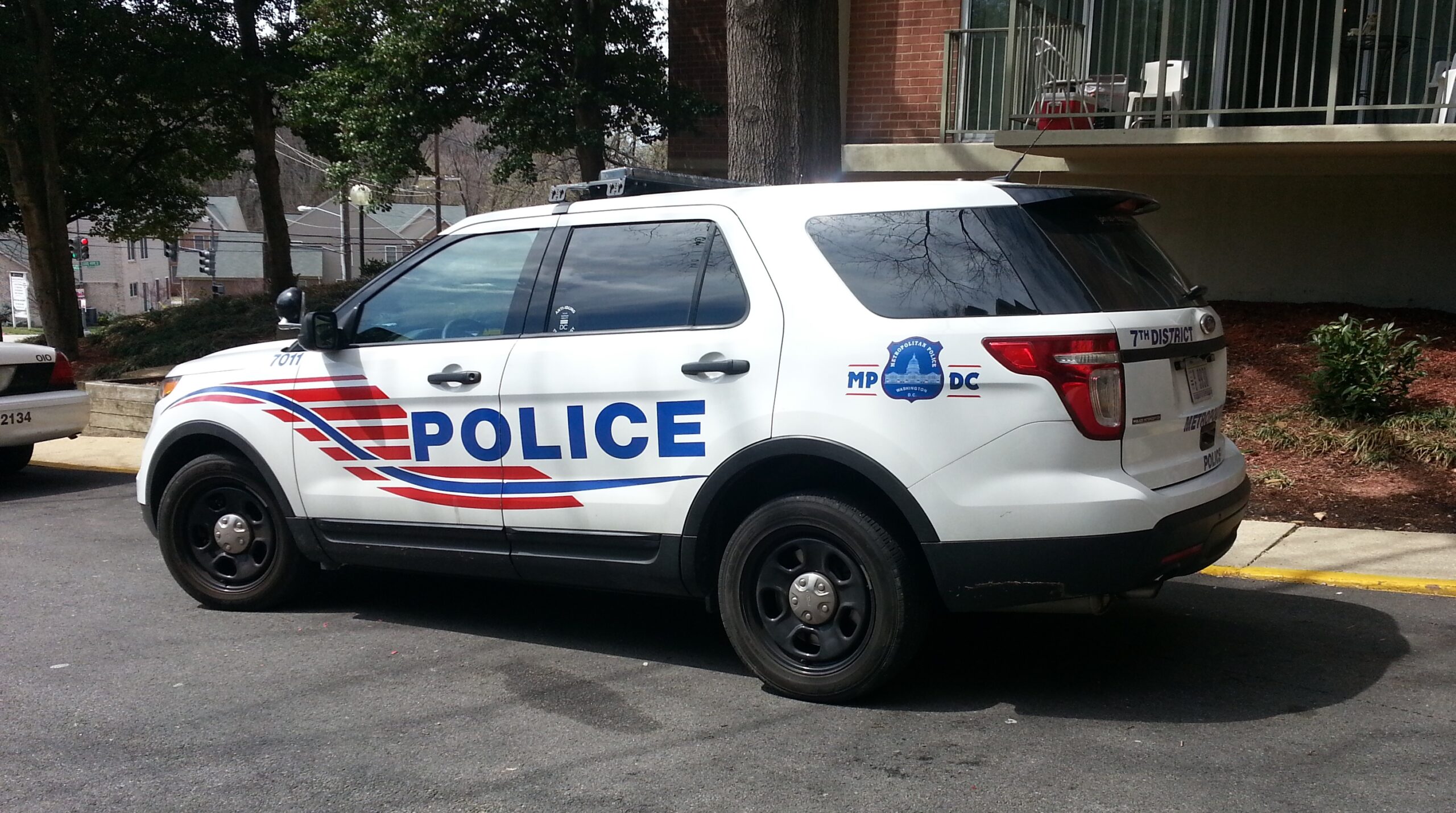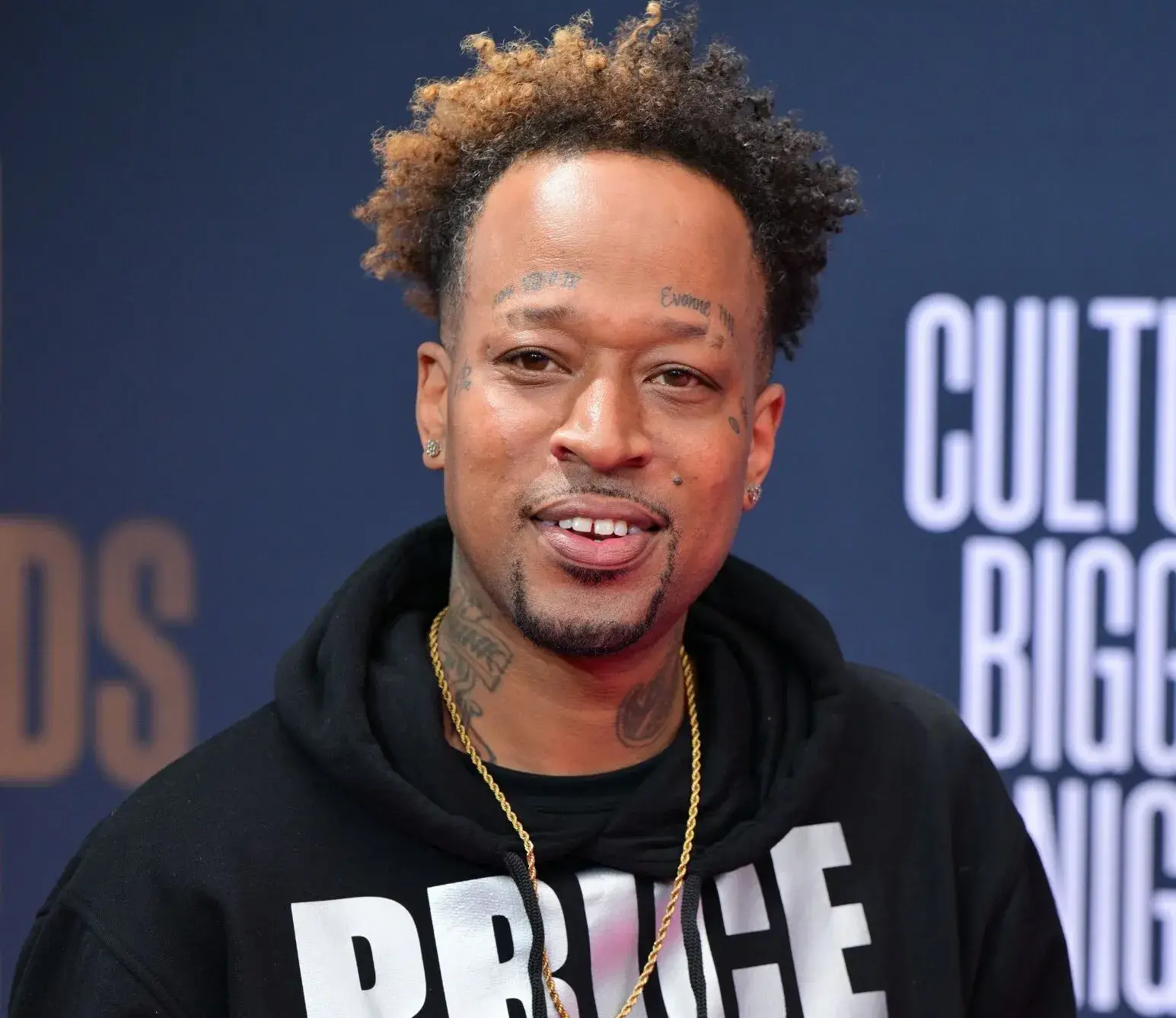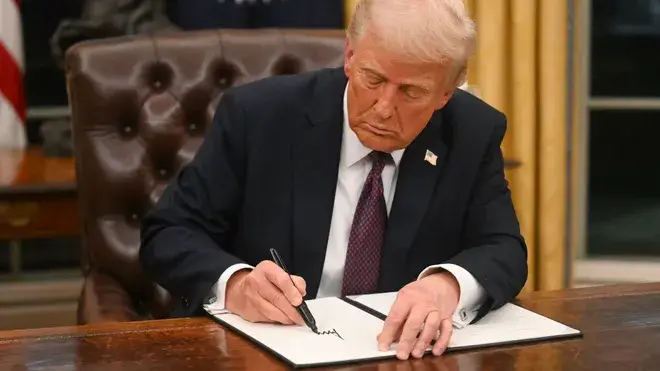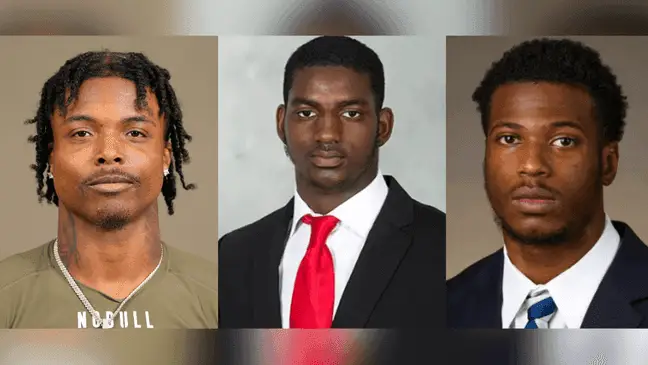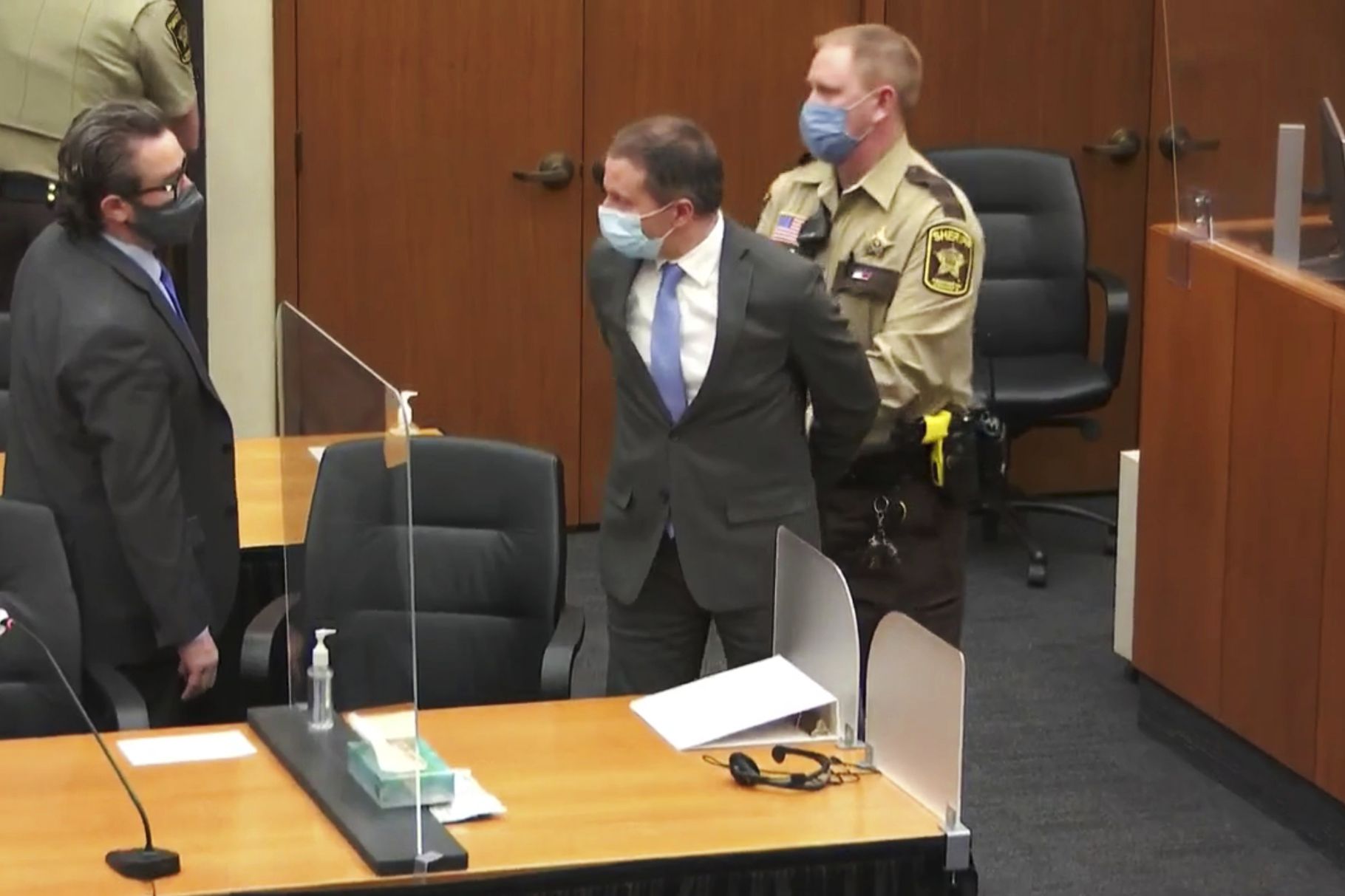
Derek Chauvin is Charged on All Accounts For The Death of George Floyd
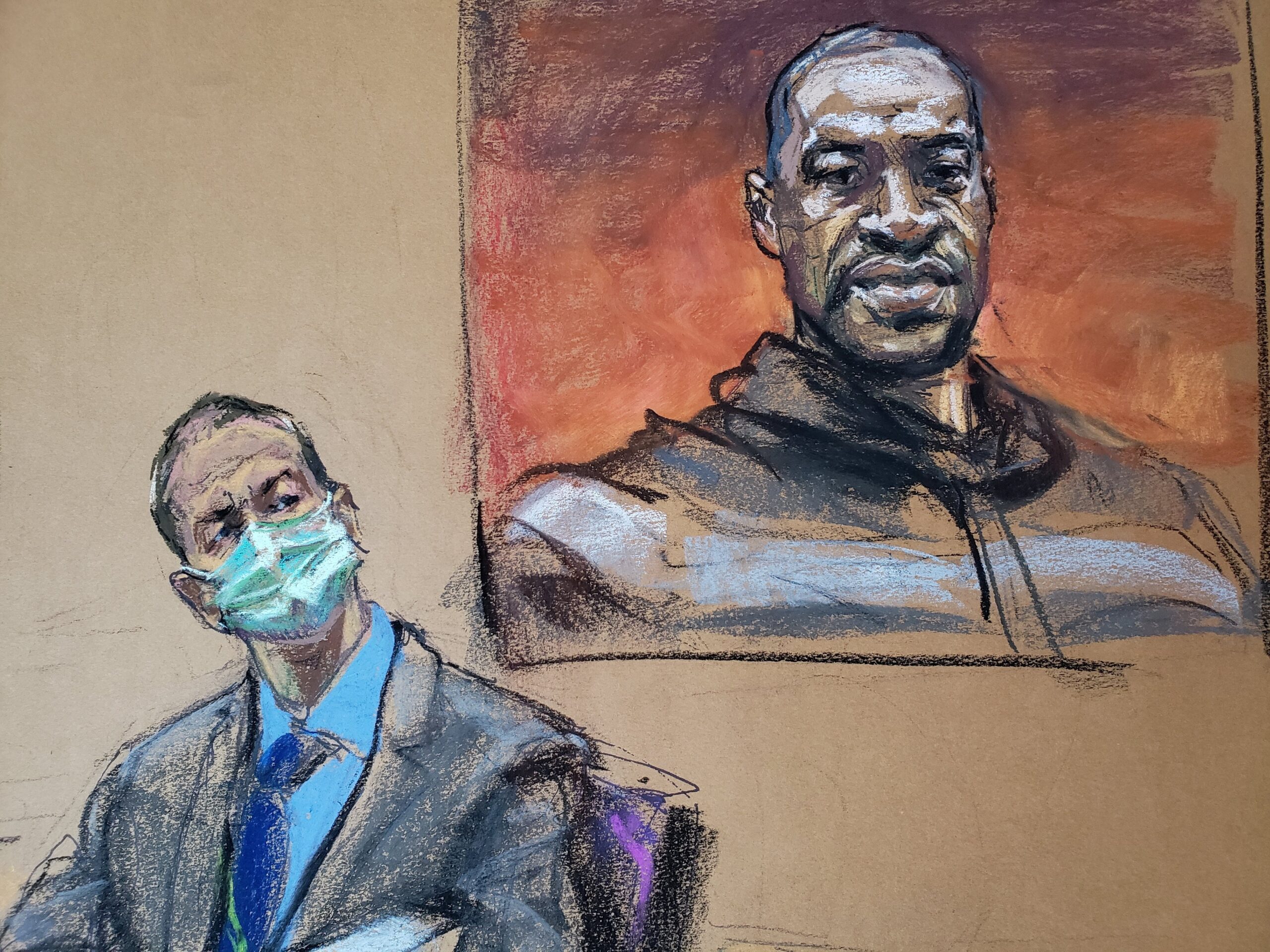
The Jurors have come to the decision to find Derek Chauvin guilty in the 2nd and 3rd-degree murder and 2nd-degree manslaughter of George Floyd.
Crowds gather outside the court and Cup Foods to hear the verdict. They rejoice for joy as justice has been served for the Floyd family and for the black community.
“Today is a day to celebrate. That we are finally getting a taste of justice and that tomorrow we move on to Daunte and we keep doing this until they give us what we need across the board,” said a protestor outside the courthouse.
This is an emotional time for everyone. It is a long-awaited relief this has given to the community. Throughout this four-week trial, we have heard from 40 witnesses which include; store clerks, bystanders, first responders, body cam technicians, Minnesota Police Officers, medical examiners, family, and friends.
It all started over a counterfeit 20 dollar bill. As the camera video from Cup Foods was shown in the trail, Floyd was acting like a normal customer holding conversations with Christopher Martin, 19 at the time and former clerk at Cup Foods. The policy at Cup Foods is, if someone gives you a fake bill then the clerk will pay for the items out of his or her check. Martin told his manager about the counterfeit money and said he would choke it up or pay for the items Floyd brought, but the manager told him to go get him, to come back in the store. After two failed attempts to get Floyd back in the store, the police were called.
“It’s hard to not play the what if I would have just not taken it because there were so much pain and the hurt that followed that was unneeded in that community. And when it comes to Floyd’s daughter’s I know what it’s like to grow up in an African American household without a father. I just hope and pray George’s daughters know that they can do it and it’s possible to do it, to make it and be successful even if your father is no longer with you,” Martin said in an exclusive interview.
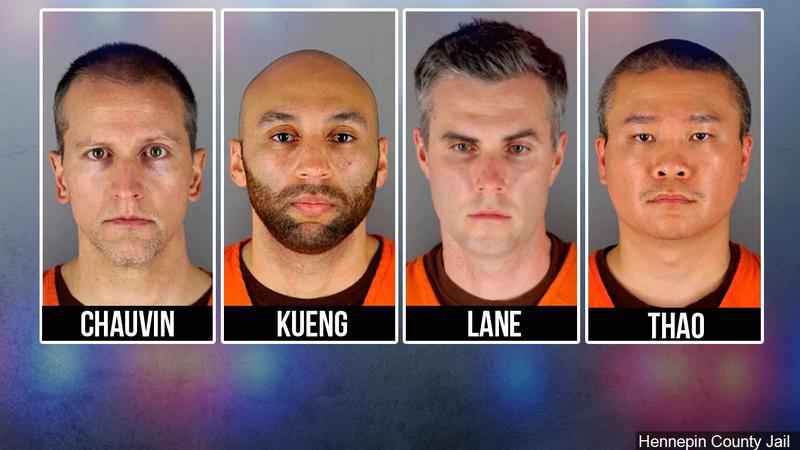
Floyd was found in the SUV with two of his friends Shawanda Renee Hill and Morris Hall, who later invoke his 5th amendment right to testify. To not self-incriminate himself. Both Hill and Hall were accused of selling Floyd drugs according to Floyd’s late girlfriend, Courteney Ross. Both Ross and Floyd suffered from opioid addiction. She took it for neck pain and GF took it for back pain.
After being cuffed and in the custody of the police near his vehicle, Floyd was then taken to the patrol car where the confrontation began. As former officers Chauvin, Tou Thao, J. Alexander Kueng, and Thomas Kiernan Lane try to get him in the back of the patrol car, Floyd told them he was claustrophobic, but Officers kept pushing him in the car. He asks to count to three before getting in, but officers denied his request.
Eventually, Floyd was pulled out from the other side of the vehicle and placed in the prone position on the pavement, still cuffed, and with the weight of four officers on his back, including Chauvin’s knee on his neck.
As Floyd pleaded to breathe, Darnella Frazier pulled out her phone and proceeded to record 9 minutes and 29 seconds of the altercation. Her video went viral on the internet reaching the world. Bystanders yelling, ‘Get off of him, but Officers ignored their call.
Chauvin asked Floyd what he wanted and Floyd responded with he couldn’t breathe. Floyd said his stomach hurt, his neck hurt, his body hurt.
As bystanders pleaded with Chauvin and the other former Officers, Frazier watched as Chauvin pressed his knee into Floyd’s neck. She felt there was nothing she could do. She felt helpless.
“I heard George Floyd saying, ‘I can’t breathe, please get off of me. I can’t breathe.’ He cried for his mom. He was in pain. It seemed like he knew it was over for him,” said Frazier. “It’s not what I should have done, but what he should have done.”
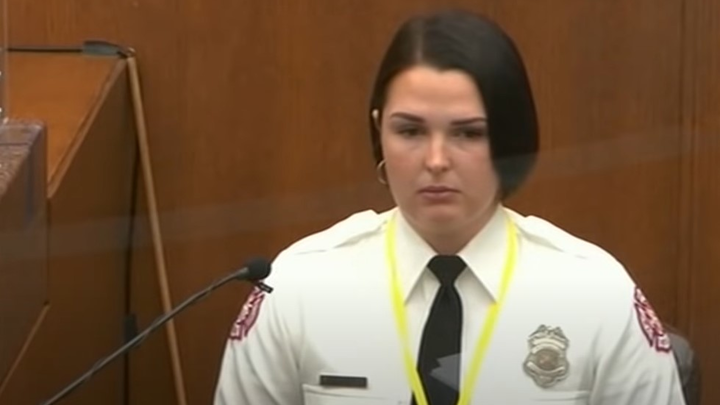
Genevieve Hassen, a Paramedic for Minneapolis Fire Department, was off that day and came across the fatal incident on her jog. Seeing Floyd on the ground, she told former officer Thao to check Floyd’s pulse because he was no longer moving as other bystanders shouted, ‘check his pulse’. The crowd grew frustrated with the police for not doing their job to protect and save lives.
When the ambulance finally arrived, Chauvin continued to keep his knee on Floyd’s neck. Derek Smith, the paramedic, was the first to attend to Floyd. He checked for a pulse, but couldn’t find one.
After arriving at the hospital, the medical team tried to resuscitate Floyd, but it was too late. Dr. Bradford Langenfeld pronounced Floyd dead. When Prosecutors asked how did Floyd die, Dr. Langenfeld told them, it was a lack of oxygen.
The Defense argued it was Floyd’s health conditions, heart disease, and the drugs found in his system that caused his death. According to paramedics, who are to report their medical findings to the doctor, did not tell Dr. Langenfeld that Floyd died of a heart attack nor did the officers perform CPR at the scene.
“It’s well known that any amount of time that a patient spends in cardiac arrest without immediate CPR, markedly decreases the chance of a good outcome. Approximately10-15 percent decrease in survival for every minute that CPR is not administered,” testified Dr. Langenfeld.
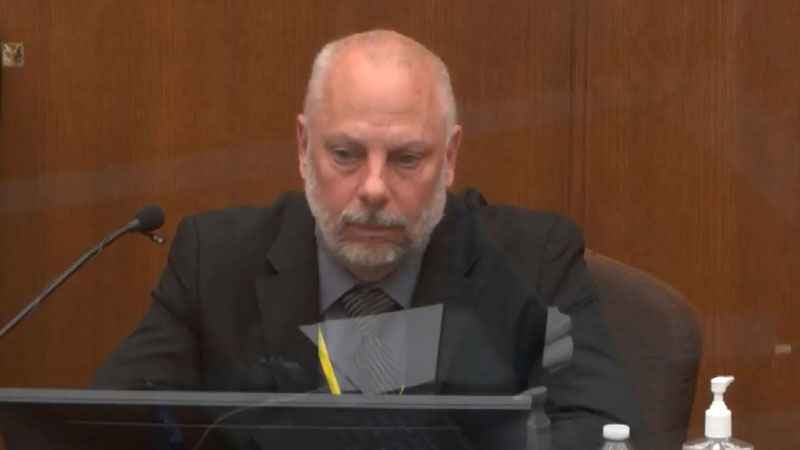
The Prosectors called into question the use of force. They brought in their witness SGT. David Pleoger, Chauvin’s commanding officer. He testified there’s a moment in time when the restraint against Mr. Floyd should have stopped and that was when Floyd was handcuffed, on the ground, and no longer resistant.
“When Mr. Floyd was no longer offering up any resistance to the officers they could have ended their restraint,” testified Sgt. Pleoger.
Not only should the use of force stop, but when Floyd was no longer responsive, the officers should have provided aid or medical attention even though paramedics were called. After all, it is a part of their training. Officers should have held for EMS, which is holding until paramedics come to deliver medical treatment to the suspect. However, holding for EMS does not excuse an officer from the following: providing any medical treatment, continuing using the decision-making model of the use of force, using other resources such as other officers at the scene.
On the other hand, the Defense used the crowd as a threat as to why Chauvin didn’t provide CPR or check a pulse.
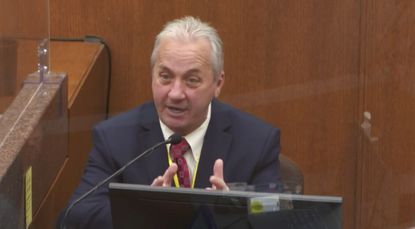 “It doesn’t matter the crowd. As long as they’re not attacking you, the crowd really shouldn’t have an effect on your actions,” said Lieutenant Richard Zimmerman of homicide.
“It doesn’t matter the crowd. As long as they’re not attacking you, the crowd really shouldn’t have an effect on your actions,” said Lieutenant Richard Zimmerman of homicide.
Lieutenant Zimmerman testified that Officers receive new information when handling situations and tactics can be changed, but that’s when you call for back up and according to bystander videos as evidence, Former Officer Thao had the crowd to stand back on the curb. He had the situation under control despite the bystander’s name-calling.
According to exhibit 275, a sign-in roster for training records, Inspector Katie Blackwell (no relation to Prosecutor Jerry Blackwell), Head of Minnesota Police Department Training Division, testified Chauvin received tactic and more training on 11/30/18. He received all the training he needed to deescalate the situation and act as an Officer. Chauvin’s knee on Floyd’s neck violated policy, went against ethics, and against what Training Coordinators teach about human life.
“That action is not de-escalation and when we talk about the framework of our sanity of life and when we talk about the principles and values that we have that action goes contrary to what we’re taught, testified Chief Medaria Arradondo of Minneapolis.
As the first expert witness for prosecutors, LAPD Sgt. Jody Stiger with six years as a tactic instructor teaches the use of force.
“Any person who uses counterfeit money you wouldn’t need to use force,” testified Sgt. Stiger.
Training teaches Officers to put a person in the side recovery position if in the prone position and handcuffed. Once Floyd stopped resisting, seemed in distress, non-responsive, and motionless that level of force should have stopped.
“When a person is not responsive, you put them in a position to open their airway. You raise the head and check carotid pulse. if you don’t find a pulse start CPR,” testified Nicole Mackenzie, serving six years in the Minneapolis Police Department and Medical Support Coordinator.
There were many experts testifying as to when and how Floyd died. Dr. Martin Tobin, Primary Care Physician for the Intensive Care Unit (ICU) at Hennepin County Hospital where Floyd was held, watches his patience breathe as to when they will die. After watching the evidence video with Chauvin’s knee on the neck, he explained Floyd had shallow breathes.
“The cause of the low level of oxygen was shallowing breathing. Small breathes. Small title volumes. Shallow breathes that we’re unable to carry the air through his lungs, down to the essential areas of the lungs that get oxygen, into the blood and get rid of the carbon dioxide,” said Dr. Tobin.
The Defense argued it was the drugs found in Floyds system that killed him, but Dr. Tobin made it clear, fentanyl would have caused him to have less shattered breathing
 Forensic Pathologist Dr. Lindsey Thomas, who worked alongside Dr. Andrew Baker, Chief Medical Examiner, performed the autopsy on Floyd and what they found was the true cause of death; low oxygen.
Forensic Pathologist Dr. Lindsey Thomas, who worked alongside Dr. Andrew Baker, Chief Medical Examiner, performed the autopsy on Floyd and what they found was the true cause of death; low oxygen.
“George Floyd was in a position where he couldn’t get enough oxygen. He didn’t have adequate room to breathe,” testified Dr. Thomas
Although drugs were found in his system, Dr. Thomas ruled out an overdose because the level of drugs was low. She also didn’t find any broken bones, neck injuries, or rupture of his heart. She also agreed with Dr. Baker’s on the cause of death.
Dr. Baker did not watch any videos of the incident until after the autopsy. He didn’t want the videos to affect his judgment on any possible findings on the case of death. Normally during an autopsy, he would take a picture of any damaged organs, but when it came to Floyd, he didn’t have a picture of the heart, spline, or lungs because they were normal. He doesn’t take pictures of normal functioning organs.
“The compression on the neck, the body asking for more oxygen, and the estrogen level his body was receiving during the altercation was a little more than George Floyd’s heart could handle,” testified Dr. Baker.
Prosecutors brought in Cardiologist Dr. Jonathan Rich, who studies the heart and how it interacts with the body. Part of his job is to find out how a person dies. After examining the heart, he found no evidence of damage to the heart, but he did find that Floyd had a good heart and it looked normal. He testified that Floyd died of low oxygen levels by the prone position.
“Those low oxygen levels were induced by the prone restraint and positional asphyxiation that he was subjected to,” testified Dr. Rich.
The Defense called for Dr. David Fowler, a Forensic Pathologist, who testified that Floyd died because of his weight and size that determined his large heart, heart disease, fentanyl, methamphetamine, and exposure to vehicle exhausts which cause carbon monoxide poisoning. However, there was no proof that the patrol car was running at the time of the struggle.
“It doesn’t matter what weight you are, using one knee does not add weight to a person’s back. Using both knees will add up to 23% of body weight that will be transferred to the person,” testified Dr. Fowler.
However, the Defense witness, Dr. Fowler, backed fired when he told Prosecutors it takes 4 minutes to deprive the brain of oxygen to cause irreversible damage.
Floyd could have been revived after his heart stopped if Chauvin provided medical attention instead of keeping his knee on Floyd’s neck for just a couple more minutes.
The medical experts; Dr. William Smock, Dr. Thomas, Dr. Rich, and Dr. Tobin, all testified and said Floyd did not die from a sudden cardiac arrhythmia and Dr. Baker said it wasn’t a heart attack. They all agreed, it was because of low oxygen levels in the prone position.
The evidence video showed Floyd trying to lift himself off the ground to give himself some room to breathe, but Chauvin along with Thao, Kueng, and Lane kept him facedown on the pavement with their body weight not giving Floyd’s lungs room to expand.
Prosector Blackwell told the jury they can believe it with their eyes, that they can believe it with their heart that this is a homicide and to find Chauvin guilty on all three accounts.
“It’s not that Floyd’s heart was too big, Chauvin’s heart was too small,” stated Blackwell in closing arguments.
Chauvin left the court in handcuffs and is in custody with the County Sheriff and will remain there until his sentencing, in 8 weeks.



